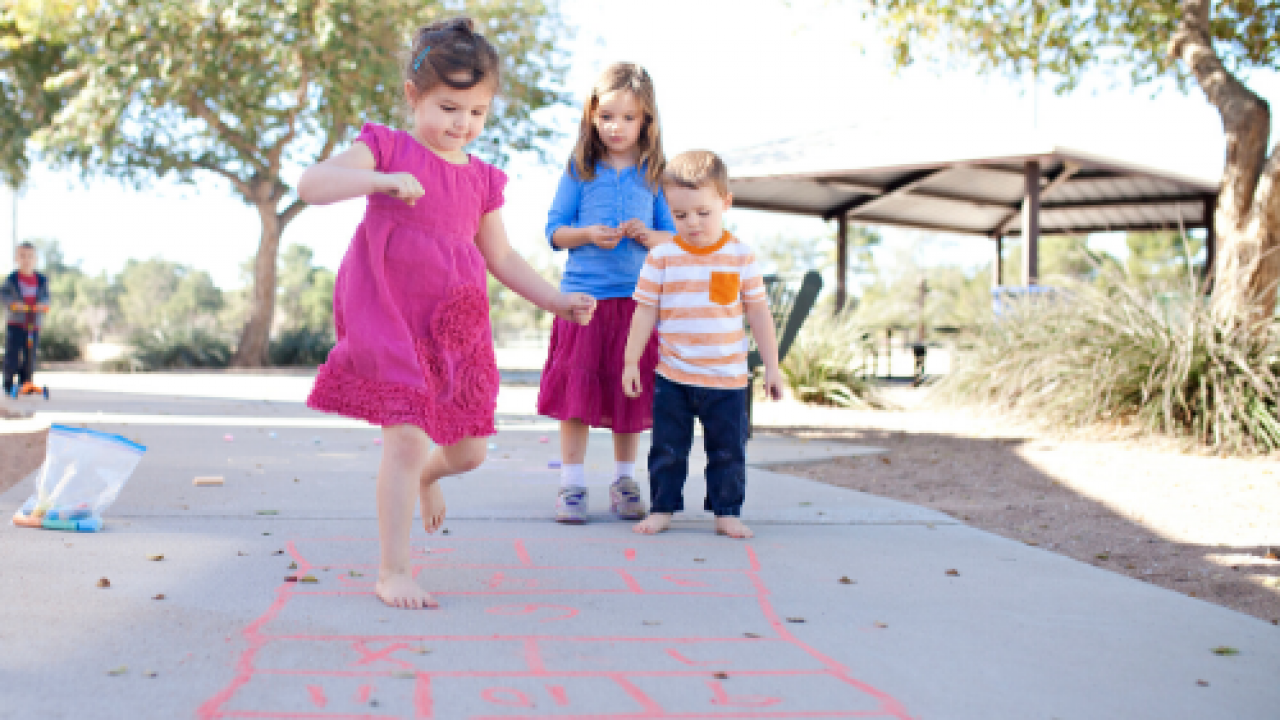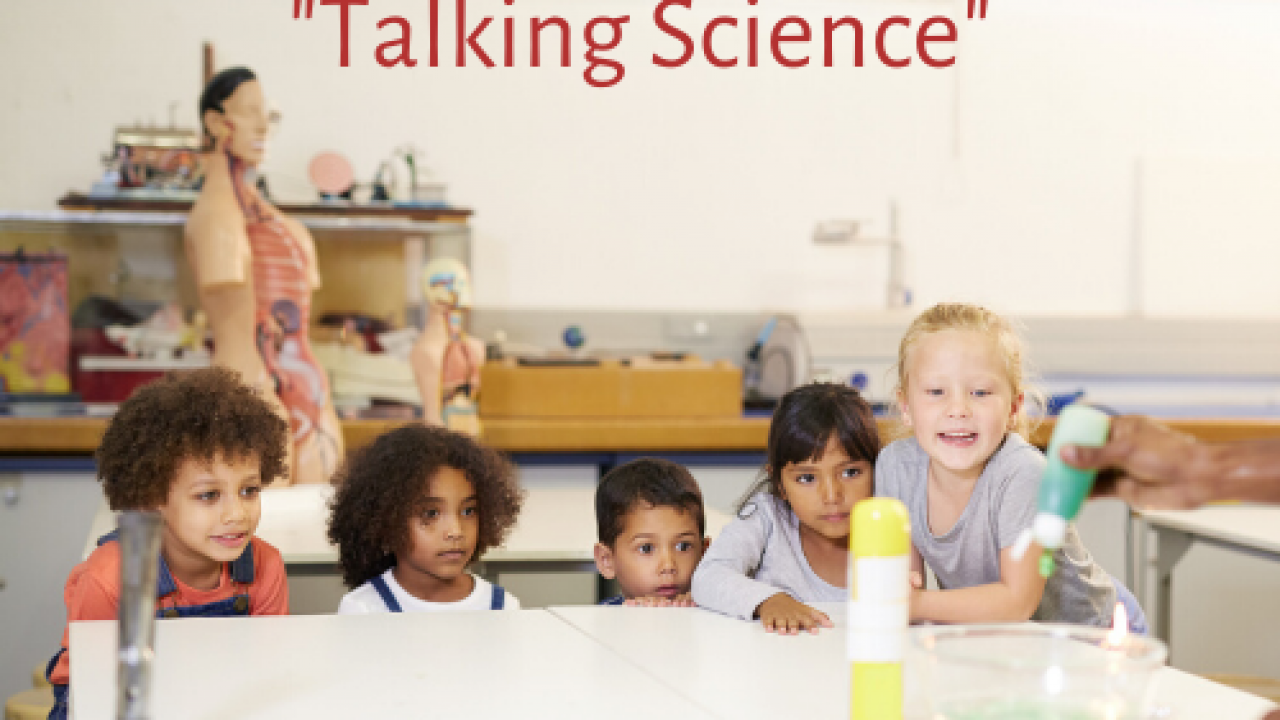
- Blogs
Q&A With Education Director
In August, we talked with the education director of a multi-campus preschool program that serves over 100 4- and 5-year olds. In the past, the teachers have used several different curricula, including ScienceStart!, Creative Curriculum, High-Scope, and those designed by the teachers themselves.
The newly hired education director was in the process of deciding whether to have all classrooms use the same curriculum and, if so, which one. She was especially impressed by four features of ScienceStart!
First, ScienceStart! is committed to an approach that emphasizes teachers’ important role in structuring and scaffolding children’s learning. This Vygotskian approach was recognized in the United States long after other commercially available curricula, including High Scope and Creative Curriculum were developed.
Second, the director valued the fact that ScienceStart! is intentionally designed to support young children’s development and practice of discourse and conversational skills. For example, as children engage in investigations, they must describe, explain, and compare.
Third, the director knows that three- to five-year-olds’ major developmental task for is simply to learn about their everyday world. Many teacher-designed curricula and Creative Curriculum are theme-based but the topics may not be about the children’s everyday world. For example, dinosaurs are a major, ongoing topic across several years in KinderCare’s curriculum. Other curricula focus on “the beach” or “the rainforest”, topics that are not part of most American preschoolers’ everyday environment.
Fourth, the director (reacting in part to her students’ parents) wants the program to respond to the current emphasis on STEM education. ScienceStart! relies on children’s everyday experiences to provide a structured approach to the basic science concepts of Science Method, Optics, Chemistry, Biology and Physics. Students develop a rich knowledge base, which research shows is a central factor in learning to read.
The following are our responses to some of the questions the Education Director asked us.
1. What age children is the ScienceStart! Comprehensive Curriculum designed for?
ScienceStart! is suitable for PreK threes and fours, and also for Kindergartners. Children who participate two years (e.g., as 3s and 4s) are excited to revisit the topics, learn more the second time, and become classroom leaders as they share their knowledge from the prior year with classmates.
2. Are new resources being added over time, or is the curriculum the same as what we have purchased in the past?
We know your program has been using ScienceStart! for many years, but our records don’t show what you are currently using. Our most recent revision was developed when we had an Early Reading First Grant. It was updated to include extensive suggestions for integrating literacy activities into each day’s investigation. These activities include Speaking & Listening; Reading Comprehension; Alphabet Awareness; Phonological Awareness; and Print Awareness.
3. What are the plans for a new edition of ScienceStart!
We recently developed a related product, AnyTimeScience, for teachers who want to supplement the curriculum they are currently using with more science content. There are 50 lesson plans that can be used one day or across several days
We don’t currently anticipate developing a new edition of the ScienceStart! Comprehensive Curriculum because we are satisfied that it is more than adequate in terms of:
- Scope and sequence,
- Promoting science process skills,
- Introducing children in a systematic way to the science concepts that they can perceive in their everyday environment,
- Supporting children in building a rich knowledge base that will support them in learning to read and in their further education.
4. The ScienceStart! Comprehensive Curriculum was developed quite a few years ago. Aren’t some of the books out of print by now? Isn’t this a problem since reading these books aloud seems to be essential for the Reflect & Ask portion of the simple science cycle?
Our original book selections have stood the test of time much better than we had expected! We recently checked Amazon to see which books are currently. More than 85% are still being offered as new books and the remainder are often available used. These classics can also be found in many school and public libraries.
However, we encourage teachers to substitute other books if they prefer. Good teachers will easily make any necessary, minor changes in the lesson plans.
5. What types of trainings/workshops are offered and how long are they?
Training via Zoom is free to purchasers of 10 or more sets. Otherwise, the cost is $100 per participant and we strongly recommend that assistant teachers and education coordinators participate.
Zoom based Training Sessions feature live interaction and last between 1 ½ and 2 hours. We have received highly positive feedback from participants in this training.
6. Is the curriculum available online? For example, a new teacher comes into a classroom and sees that a page from her binder is missing…can she print out the page from an online copy?
For copyright reasons, we don’t make electronic copies available. If a teacher is missing a page we would be happy to send another copy by email.
Individuals with emails receive a monthly newsletter. A very popular feature are holiday activities. For example, at Christmas we have lessons/activities for secular and non-secular users.
7. Does the curriculum qualify for the ESSER or ESSA grant funding?
These grants – a response to the pandemic – were available only for a limited time. Check to see if they are still available in your location.
Programs that are applying for grants are encouraged to contact us for information about ScienceStart! and for cost estimates.
Share This Story:
Related Stories
Outdoor Activities to Challenge Preschoolers
April 22, 2020
Blogs
Four-Year-Olds “Talking Science”
January 15, 2020
Insights
Thanksgiving Activities for Preschoolers
November 11, 2019
Blogs


